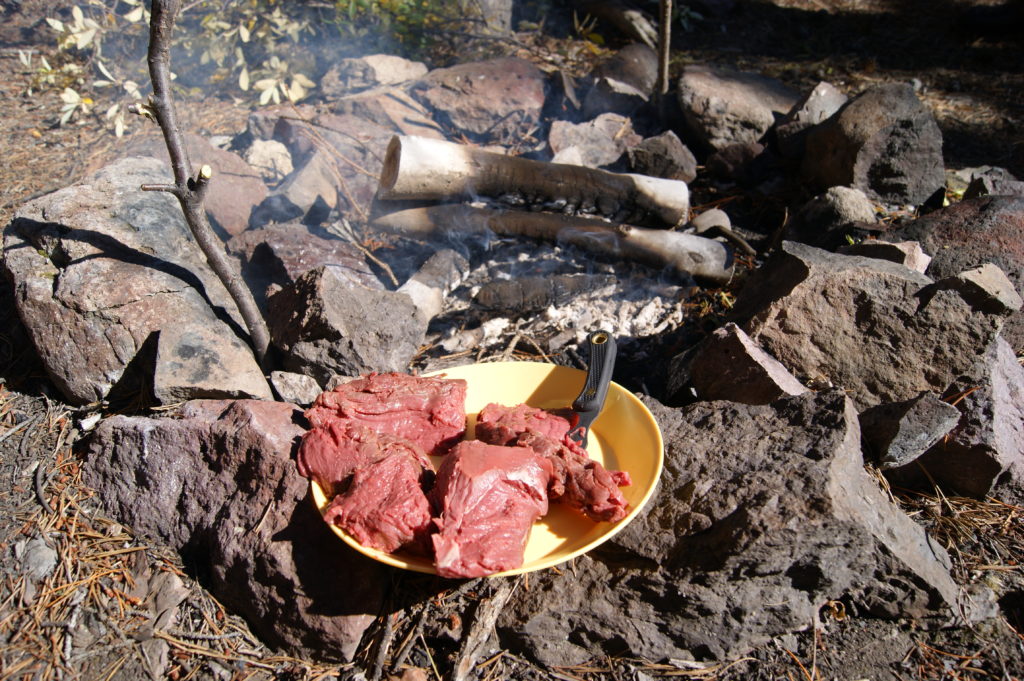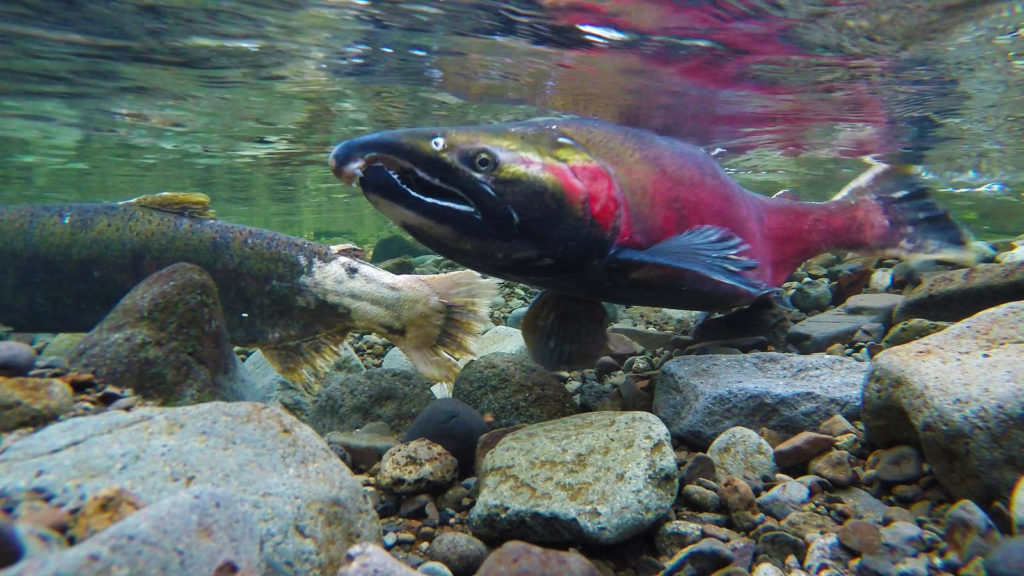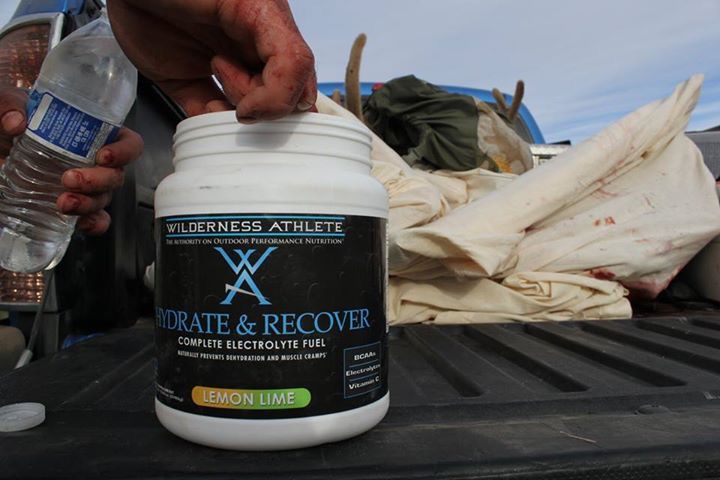In this past July’s Pro Insight article we discussed two keys to optimizing the recovery process when in the backcountry, hydrotherapy and the use of compression garments. Both of these “tools” produce strong effects within our circulatory system, most importantly by ensuring adequate circulation from our extremities (aka our legs and feet) back into our “recovery engine” the cardiopulmonary system. Hydrotherapy is one of the most simple and effective ways to heighten the exchange or “flushing” of blood from the feet and lower legs, and compression garments have profound effects on both maintaining and improving circulation during activity and while at rest. Think of these two tools as the external elements of backcountry recovery. In this month’s recovery focused article we’ll discuss the equally important internal tools for optimizing backcountry recovery, namely supplementation.
There’s no question that with supplementation we’re diving into the one of the most debated topics in nutrition and physical performance, and unfortunately one of the most misrepresented by companies looking to make a quick buck. Some of you might even ask, “Did our hard hunting ancestors have post-activity recovery drinks on hand after taking down and six ton woolly mammoth with nothing more than a spear and their collective wits?” No of course not. So why is this important for us modern hunters? It’s a good question as I generally agree with the idea that our bodies evolved to live and thrive on a simple, whole foods based diet. In theory this of course makes sense but in practice things get a little more complicated. If you’re able and willing to put in the effort to consume an entirely whole foods based diet and do all the research to find out what foods have the best macro and micronutrient contents you will be far ahead of the average consumer when it comes to proper nutrient intake. And within the context of recovery, micronutrients are what we’re focusing on here.
Before we dive into the specifics of recovery however it’s important we clarify a basic nutritional concept, the difference between macronutrients and micronutrients. Macronutrients come from three sources: proteins, fats and carbohydrates. If you look at the expanding waistlines of many modern North Americans we do not have an issue with getting our hands on enough macronutrients. But we do have a problem with malnourishment when it comes to our micronutrients. Micronutrients are the vitamins and minerals that our bodies need to carry out all the amazing metabolic processes that let us function optimally across all of our systems, from the tiniest cells to the muscles and bones that we rely on to head into the backcountry. So how can we end up with an abundance of macronutrients but still end up malnourished on a micronutrient level? The biggest issue is in the processing and refinement of many if not most of our readily available foods. This is why a whole foods based diet is so important.
Day to day dietary intake aside, this article is focused on in the field applicability. Even if you’re Paul Bunion, it’s highly unlikely you pack in a ten day supply of fresh fruits and vegetables for your hunts! If you’re like everyone else you likely resort to calorically dense but unfortunately highly processed foods that lack variety and quality in terms of their micronutrient content.
There are a variety of micronutrients that we could argue are essential for the hard charging backcountry hunter and there is no question this is where things can get very opinionated. The three specific micronutrient supplements we have selected for this article are based upon the key physiological roles they play in metabolism, cellular function and recovery and on the best currently available science that supports their use. These are not simply regurgitated facts found trolling the web. These are based on the current available research and based on my own personal use in the field. To be clear, science is not perfect and limited by the rigor of the testing conditions and the accuracy of the equipment utilized. We always recommend you discuss any changes to your diet or supplementation program with a qualified health care practitioner. As we have said numerous times before, don’t be a passenger on the train of life. Take control and own your shit.
There are three very important micronutrients we often lack in our diets and use and need in increased amounts when we’re active, especially during long hard days in the unforgiving backcountry. These are branched chain amino acids (BCAAs), magnesium and Omega-3 Fatty Acids. Each of these recommendations is supported by research and readily available in supplement form.
Amino acids (AA) play many crucial roles when it comes to our metabolism. There are 20 amino acids that are split up into essential and non-essential amino acids. There are 9 essential and 11 non-essential AAs. Both are equally important, however the essential amino acids must come from dietary (food) intake as the body cannot produce and synthesize them on it’s own like it can with the 11 non-essential AAs. Of particular importance to tasks requiring endurance, are 3 specific AAs: valine, leucine and isoleucine. This group is known as the “branched chain amino acids” or in their more commonly used acronym, BCAAs and make up 30-35% of muscle tissue. What makes them so important to endurance activities is that during aerobic metabolism these amino acids are primarily metabolized in the peripheral tissue, most importantly skeletal muscle unlike the other amino acids that are metabolized in the liver. Therefore BCAAs can be easily depleted during endurance exercise and since the body is unable to synthesize them it is beneficial to supplement them when training. BCAAs are easily obtained by eating meat however during activity it is much more efficient to take them in free form (aka as a supplement like a powder) as they bypass the liver and gut and go directly into the blood stream.
The following are some of the key benefits of supplementing with BCCAs:
- BCAAs enhance protein synthesis by triggering specific metabolic pathways essential for repairing and building muscle. This is essential for long duration hunts involving long days of elevation and distance while carrying significant loads.
- BCAAs improve glucose tolerance and fat oxidation allowing you to better utilize your fat stores for energy and reduces your reliance on glucose (sugar). This means you can get away with carrying less fast burning energy foods and rely more heavily on the fat we all carry readily available on our bodies.
- BCAAs decrease fatigue and increase endurance by helping to limit what is called “central fatigue”, a phenomenon where the central nervous system becomes tired and the brain basically starts telling the body to shut down. Due to the severe nature of most mountain hunts and the fact that our bodies and brains are rarely subjected to this kind of exposure, this “central fatigue” can start happening long before you actually need to shut it down for the day. By taking a BCAA supplement you can, in a way “hack” this mechanism and keep going longer than you previously thought possible.
- BCAAs help prevent muscle loss during long duration endurance exercise by reducing catabolism (the breakdown of muscle tissue) so amino acids are not released from muscle tissue and used as energy. On multiday backpack hunts this is integral, as the more protein you breakdown for energy the more depleted your body becomes and the harder it is to recover day in and day out.
Next on our list are fatty acids. As with protein there are both non-essential and essential fatty acids like Omega-3 and Omega-6. Again the essential fatty acids are often used as supplements due to the body’s inability to synthesize them on its own. Like BCAAs you can easily obtain an adequate amount through your diet most importantly through the consumption of wild game or in its highest quality form, wild salmon. When it comes to fatty acids in general there are ideal ratios for consumption. With respect to the two essential fatty acids we’re focused on in this article, Omega-3 and Omega-6, humans evolved with a consumption ratio of 1:1 – 1:2 at most, but over the past century those ratios have gone way out of whack. The average North America diet now ranges from 1:10 – 1:20 in favour of omega-6! These imbalanced ratios produce a more inflammation prone body and have been linked to conditions like arthritis, cancer and numerous common but serious cardiovascular and physiological responses like increased blood thickening and vasoconstriction (narrowing of our blood vessels). These both restrict the distribution of nutrient rich blood and remember one of the key elements to recovery is proper circulation!
With Omega-3s it is an entirely different story. The most important reason for trying to achieve a properly balanced Omega-3 to Omega 6 ratio in your diet is the anti-inflammatory effects. This is especially important for endurance activities, so if you train hard throughout the year in preparation for your hunt this ratio is something you should really pay attention to. With training we experience tissue breakdown and this leads to inflammation, a perfectly natural process and integral to the “bigger, faster, stronger” effect we’re all looking for from training. But, having the proper ratio of the two will dramatically reduce the inflammation in your body and therefore speed the recovery process day to day. Omega-3 research has also shown there to be improvements in cognitive function, immune function, respiratory function, and cardiovascular function. The list could go on but the bottom line is this is something every serious backcountry enthusiast should pay attention to.
Getting even more “micro” on the scale of micronutrients is magnesium (Mg), an extremely vital and often overlooked supplement when it comes to recovery. Magnesium is a mineral and yet again there are minerals that fall into both the non-essential and essential categories, with Mg falling into the essential category. Mg is also a macro-mineral meaning it is needed in far greater amounts compared to other trace-minerals. It is integral for more than 300 enzymatic functions and is the second most abundant element inside our cells. Yes, once again you are able to get adequate amounts of Mg in your diet by eating whole foods, but here is the problem: you get most of your Mg from plants. This brings up the point I made earlier about packing fresh fruit and vegetables into the backcountry. This can be combated with nuts and seeds, both of which are high in Mg and relatively easy to transport on a hunt. Even with the extra effort of tailoring your backcountry snacks and foods to be high in Mg, the Mg output on a backpack hunt far exceeds what your body needs to perform and recover properly day in and day out in the field.
Here is a short list of some of the benefits of supplementing with Mg:
- Mg is critical for muscle contraction, without it your muscles would be in a constant state of contraction. This is one reason we suffer from muscle cramps when electrolytes like Mg get depleted.
- Mg is key for the production of ATP, the “energy currency” for your cells. Without Mg the catabolic reactions needed to breakdown macronutrient molecules into usable fuel would not occur. On top of the increased load we put on our muscles during long days in the field this cyclical turnover of ATP is in high demand.
- Mg is also vital in nerve function, blood pressure regulation, bone health, hormonal interactions, cardiac activity, and immunity to name a just few more of the more than 300 important metabolic functions it supports.
The supplementation of BCAAs, Omega-3 Fatty Acids and Magnesium will without question help your recovery processes throughout the year, both when training hard and when actually deep in the backcountry on that trip you’ve been planning for months if not years. I urge you to do your own research on this topic and experiment with each of these supplements. I have personally reaped the rewards of recovery from hydrotherapy and compression garments for many years however it was not until this past year that I truly put the effort into consistent supplementation with these three key micronutrients and the difference was astounding. As noted above, it is always important to discuss your personal health plans with a qualified health care practitioner that can help you decide on dosage, brands and help you put a supplementation plan in place. Some supplements like Wilderness Athlete’s Hydrate & Recover are perfectly safe and incorporate BCAAs right into the product so this is an easy and highly effective place to start.
The most important take away is of course the field applicability. These supplements are light, easy, and effective at helping to complete your nutrient intake and increase performance when in the field. Why not start your 2016 hunt planning focused on the most important piece of equipment you own…YOUR BODY!
References:
Gualano, A.B., Bozza, T., Lopes De Campos, P., et al., (2011). Branched-chain amino acids supplementation enhances exercise capacity and lipid oxidation during endurance exercise after muscle glycogen depletion. Journal of Sports Medicine and Physical Fitness. 51:01, 82.
Blomstrand E, Hassmen P, Ek S, Ekblom B, Newsholme EA. Influence of ingesting a solution of branched-chain amino acids on perceived exertion during exercise. Acta Physiol Scand. 1997 Jan;159(1):41-9.
Simopoulos, Artemis P. MD. Omega-3 Fatty Acids and Athletics. Current Sports Medicine Reports 2007, 6:230-236
Nielsen FH & Lukaski HC. Update on the relationship between magnesium and exercise. Magnes Res. 2006. 19 (3): 180-9





